
Arco Castle (Italian: Castello di Arco, German: Schloss Arch) is a ruined castle located on a prominent spur high above Arco and the Sarca Valley in Trentino, northern Italy.

Arco Castle (Italian: Castello di Arco, German: Schloss Arch) is a ruined castle located on a prominent spur high above Arco and the Sarca Valley in Trentino, northern Italy.
The exact date of its foundation is unknown but it existed at least after the year 1000 AD. The area around Arco was inhabited already before the Middle Ages, the castle was said to have been built by the citizens and only later becoming the property of the local nobles.

The counts of Arco (from Latin arcus, 'bow'), probably of Italian origin (a presumed kinship with the Bavarian counts of Bogen could not be established), were first mentioned in 1124 deed; they temporarily served as liensmen of the Trent prince-bishops. Though they were raised to comital ( Grafen ) status by the Hohenstaufen emperor Frederick II in 1221, they had to acknowledge the overlordship of the Meinhardiner princely counts of Tyrol in 1272.
The Counts of Arco were expelled by the Prince-Bishops of Trent in 1349, whereafter the castle fell to the Veronese noble house of Scaliger. Nevertheless, they regained the castle in a local uprising, and in 1413 further strengthened their position by obtaining the status of Imperial immediacy from the hands of Emperor Sigismund in 1413. However, in the long run, they could not prevail against the mighty House of Habsburg, rulers of Tyrol since 1363. Arco Castle was captured in 1579, and the counts had to submit to the Habsburgs in 1614. Their estates were officially seized by Emperor Leopold I in 1680.
The castle was later abandoned after a siege by French troops under General Duke Louis Joseph of Vendôme in the course of the War of the Spanish Succession in 1703. A careful restoration began 1986 and following others in more recent years restorations have found a number of frescoes depicting knights and court ladies of medieval times. [1]
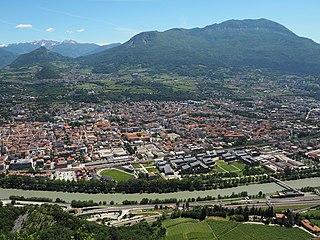
Trento, also known in English as Trent, is a city on the Adige River in Trentino-Alto Adige/Südtirol in Italy. It is the capital of the autonomous province of Trento. In the 16th century, the city was the location of the Council of Trent. Formerly part of Austria and Austria-Hungary, it was annexed by Italy in 1919. With 118,142 inhabitants, Trento is the third largest Italian city in the Alps and second largest in the historical region of Tyrol.

Oswald von Wolkenstein was a poet, composer and diplomat. In his diplomatic capacity, he traveled through much of Europe to as far as Georgia.

The history of Tyrol, a historical region in the middle alpine area of Central Europe, dates back to early human settlements at the end of the last glacier period, around 12,000 BC. Sedentary settlements of farmers and herders can be traced back to 5000 BC. Many of the main and side valleys were settled during the early Bronze Age, from 1800 to 1300 BC. From these settlements, two prominent cultures emerged: the Laugen-Melaun culture in the Bronze Age, and the Fritzens-Sanzeno culture in the Iron Age.
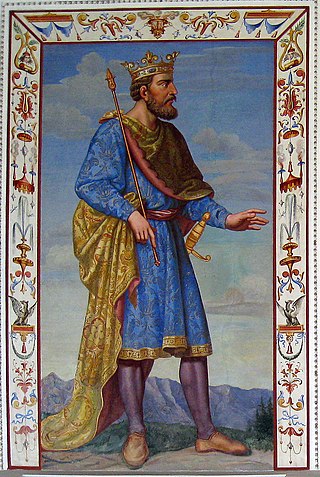
Henry of Gorizia, a member of the House of Gorizia, was Duke of Carinthia and Landgrave of Carniola and Count of Tyrol from 1295 until his death, as well as King of Bohemia, Margrave of Moravia and titular King of Poland in 1306 and again from 1307 until 1310. After his death, the Habsburgs took over Carinthia and Carniola and held them almost without interruption until 1918.

Frederick IV, also known as Frederick of the Empty Pockets, a member of the House of Habsburg, was Duke of Austria from 1402 until his death. As a scion of the Habsburg Leopoldian line, he ruled over Further Austria and the County of Tyrol from 1406 onwards.

Trentino is an autonomous province of Italy in the country's far north. Trentino and South Tyrol constitute the region of Trentino-Alto Adige/Südtirol, an autonomous region under the constitution. The province is composed of 166 comuni. Its capital is the city of Trento (Trent). The province covers an area of more than 6,000 km2 (2,300 sq mi), with a total population of 541,098 in 2019. Trentino is renowned for its mountains, such as the Dolomites, which are part of the Alps.

The Prince-Bishopric of Trent was an ecclesiastical principality roughly corresponding to the present-day Northern Italian autonomous province of Trentino. It was created in 1027 and existed until 1803, when it was secularised and absorbed into the County of Tyrol held by the House of Habsburg. Trent was a Hochstift, an Imperial State under the authority of a prince-bishop at Trento.

The Prince-Bishopric of Brixen was an ecclesiastical principality of the Holy Roman Empire in the present-day northern Italian province of South Tyrol. It should not be confused with the larger Catholic diocese, over which the prince-bishops exercised only the ecclesiastical authority of an ordinary bishop. The bishopric in the Eisack/Isarco valley was established in the 6th century and gradually received more secular powers. It gained imperial immediacy in 1027 and remained an Imperial Estate until 1803, when it was secularised to Tyrol. The diocese, however, existed until 1964, and is now part of the Diocese of Bolzano-Brixen.

Villanders is a village and comune in South Tyrol in northern Italy with 1,875 inhabitants. It is located in the Eisack Valley above Klausen.

Mezzocorona, is a comune (municipality) in Trentino in the northern Italian region Trentino-Alto Adige/Südtirol, located about 15 kilometres (9 mi) north of the city of Trento and within 5 kilometres (3.1 mi) of the Südtirol border.
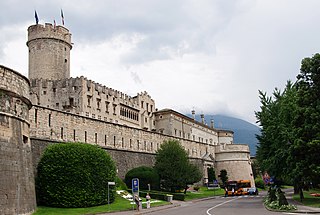
Buonconsiglio Castle is a castle in Trento, northern Italy.
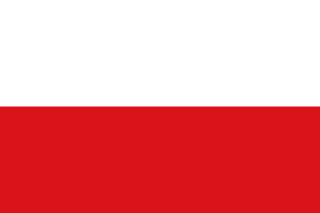
The (Princely) County of Tyrol was an estate of the Holy Roman Empire established about 1140. After 1253, it was ruled by the House of Gorizia and from 1363 by the House of Habsburg. In 1804, the County of Tyrol, unified with the secularised prince-bishoprics of Trent and Brixen, became a crown land of the Austrian Empire. From 1867, it was a Cisleithanian crown land of Austria-Hungary.

Altrei is a comune (municipality) and a village in South Tyrol in northern Italy.

Salorno sulla Strada del Vino is the southernmost comune (municipality) and a village in South Tyrol in northern Italy, located about 30 kilometres (19 mi) southwest of the city of Bolzano. It is one of only five mainly Italian-speaking municipalities in South Tyrol.

The Counts of Gorizia, also known as the Meinhardiner, House of Meinhardin, were a comital, princely and ducal dynasty in the Holy Roman Empire. Named after Gorizia Castle in Gorizia, they were originally "advocates" (Vogts) in the Patriarchate of Aquileia who ruled the County of Gorizia (Görz) from the early 12th century until the year 1500. Staunch supporters of the Emperors against the papacy, they reached the height of their power in the aftermath of the battle of Marchfeld between the 1280s and 1310s, when they controlled most of contemporary Slovenia, western and south-western Austria and part of northeast Italy mostly as (princely) Counts of Gorizia and Tyrol, Landgraves of Savinja and Dukes of Carinthia and Carniola. After 1335, they began a steady decline until their territories shrunk back to the original County of Gorizia by the mid 1370s. Their remaining lands were inherited by the Habsburg ruler Maximilian I.

Runkelstein Castle is a medieval fortification on a rocky spur in the territory of Ritten, near the city of Bolzano in South Tyrol, Italy. In 1237 Alderich Prince-Bishop of Trent gave the brothers Friedrich and Beral Lords of Wangen permission to construct a castle on the rock then called Runchenstayn.
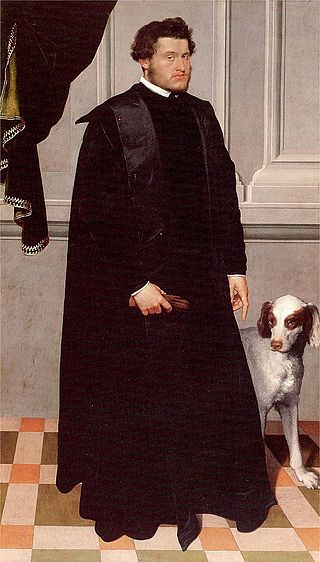
Ludovico Madruzzo (1532-1600) was an Italian Roman Catholic cardinal and statesman, the Imperial crown-cardinal and Prince-Bishop of the Bishopric of Trento.

Trento Cathedral is a Roman Catholic cathedral in Trento, northern Italy. It is the mother church of the Roman Catholic Archdiocese of Trento, and until 1802, was the seat of the Prince-Bishopric of Trent. It was built over a pre-existing 4th-century church devoted to Saint Vigilius, patron saint of the city.

Tyrol is a historical region in the Alps of Northern Italy and western Austria. The area was historically the core of the County of Tyrol, part of the Holy Roman Empire, Austrian Empire and Austria-Hungary, from its formation in the 12th century until 1919. In 1919, following World War I and the dissolution of Austria-Hungary, it was divided into two modern administrative parts through the Treaty of Saint-Germain-en-Laye:
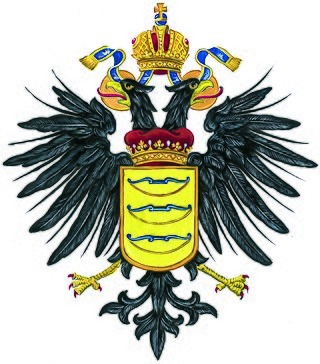
The House of Arco is the name of an ancient noble family, originally from Arco, in Northern Italy. Members of the family played important roles within the Holy Roman Empire, Austro-Hungarian Empire and Italy.
![]() Media related to Castello di Arco at Wikimedia Commons
Media related to Castello di Arco at Wikimedia Commons